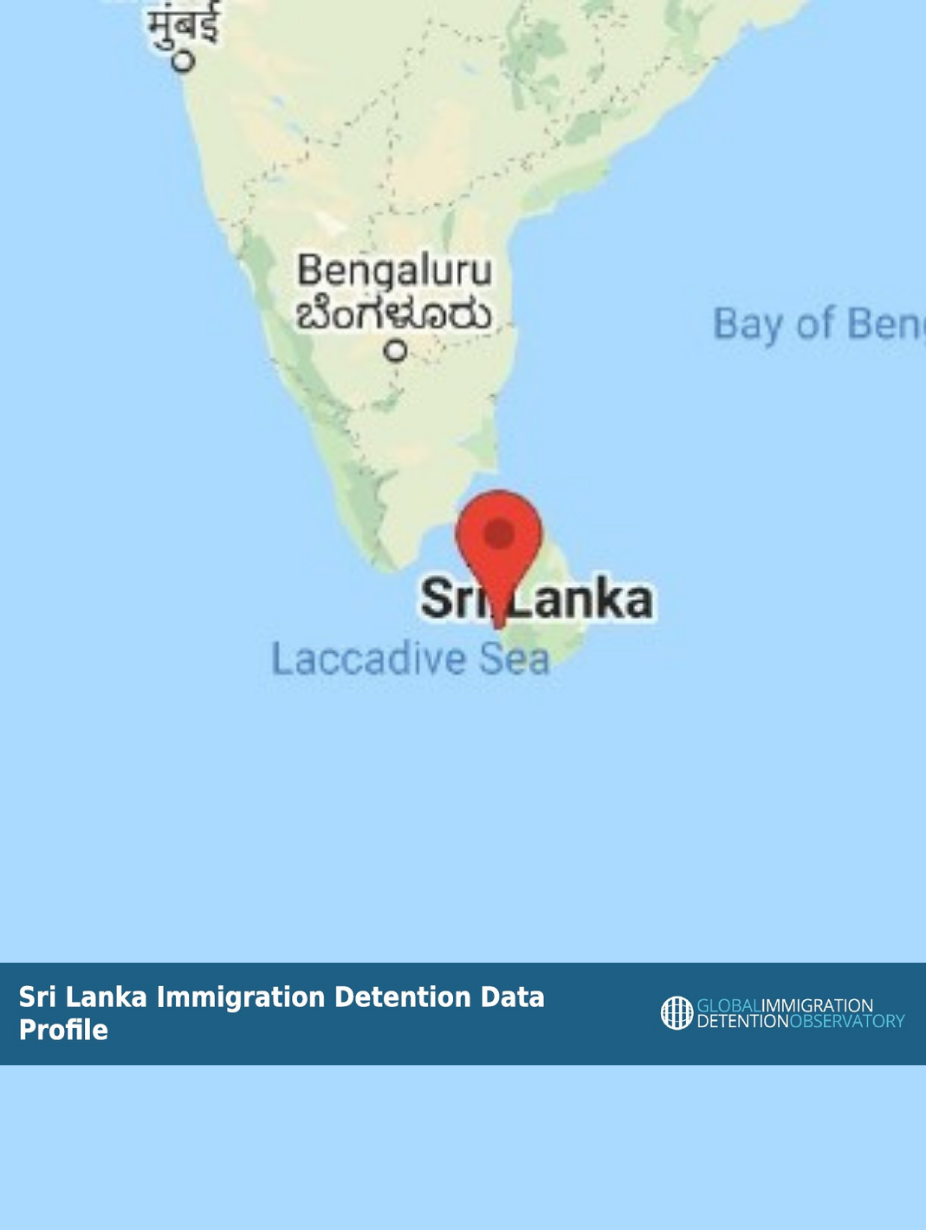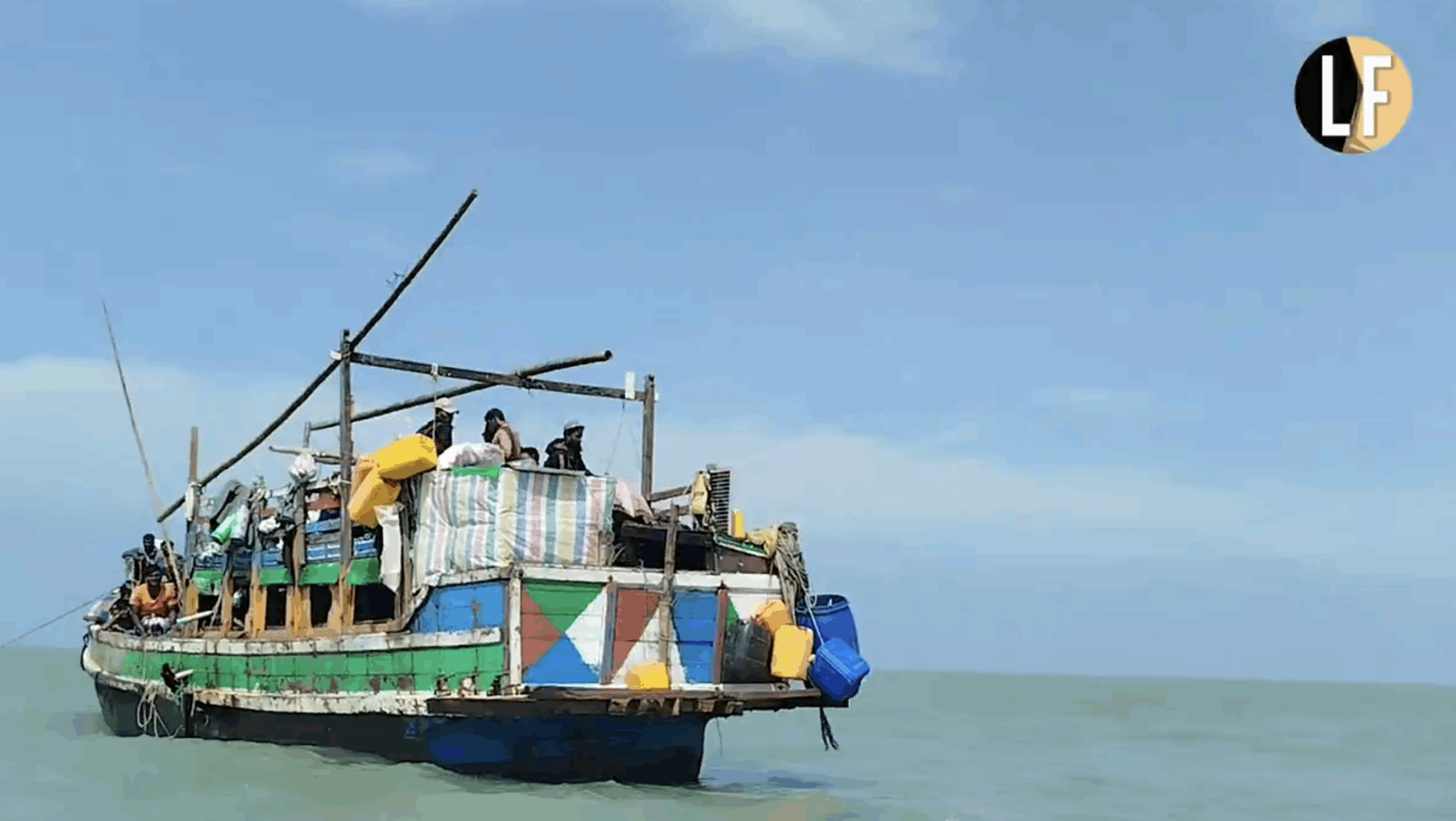In recent weeks, the Global Detention Project has received several testimonies from a group of people held in immigration detention in Sri Lanka, depicting troubling detention conditions and instances of indefinite immigration detention. The accounts of their treatment at the Welisara Detention Centre reflect wider concerns about the treatment of migrants and asylum seekers in the country, including the arbitrary detention of children and asylum seekers. […]
Rohingya Refugees Detained in Sri Lanka
In December, Sri Lankan authorities were praised for their quick and successful rescue of 104 Rohingya refugees, stranded at sea when their boat encountered mechanical difficulties. The GDP is concerned to learn, however, that soon after they were brought to dry land, the refugees were placed in two immigration detention facilities in Colombo–one of which […]

Sri Lanka: Covid-19 and Detention
As of 28 September, Sri Lanka, with a population of 21.5 million, had detected only 3,360 cases of COVID-19. Although the country has been lauded for its containment of the virus, members of Sri Lanka’s Muslim minority have allegedly become stigmatised as carriers of the virus. There is also little information available concerning the impact […]

Last updated: July 2024
DETENTION CAPACITY
ALTERNATIVES TO DETENTION
ADDITIONAL ENFORCEMENT DATA
PRISON DATA
POPULATION DATA
LEGAL & REGULATORY FRAMEWORK
Does the Country Have Specific Laws that Provide for Migration-Related Detention?
Detention-Related Legislation
GROUNDS FOR DETENTION
Immigration-Status-Related Grounds
Non-Immigration-Status-Related Grounds in Immigration Legislation
Criminal Penalties for Immigration-Related Violations
Grounds for Criminal Immigration-Related Incarceration / Maximum Length of Incarceration
Has the Country Decriminalised Immigration-Related Violations?
LENGTH OF DETENTION
DETENTION INSTITUTIONS
PROCEDURAL STANDARDS & SAFEGUARDS
COSTS & OUTSOURCING
COVID-19 DATA
TRANSPARENCY
MONITORING
NATIONAL HUMAN RIGHTS MONITORING BODIES
NATIONAL PREVENTIVE MECHANISMS (OPTIONAL PROTOCOL TO UN CONVENTION AGAINST TORTURE)
NON-GOVERNMENTAL ORGANISATIONS (NGOS)
GOVERNMENTAL MONITORING BODIES
INTERNATIONAL TREATIES & TREATY BODIES
International Treaties Ratified
Ratio of relevant international treaties ratified
Individual Complaints Procedures
Relevant Recommendations or Observations Issued by Treaty Bodies
> UN Special Procedures
Relevant Recommendations or Observations by UN Special Procedures
> UN Universal Periodic Review
REGIONAL HUMAN RIGHTS MECHANISMS
HEALTH CARE PROVISION
HEALTH IMPACTS
COVID-19
Country Updates
Government Agencies
Ministry of foreign affairs - https://mfa.gov.lk/
Ministry of Internal & Home - https://mpclg.gov.lk/
Departement of Immgration & Emigration - https://www.immigration.gov.lk/
International Organisations
UNHCR Office - https://www.unhcr.org/where-we-work/countries/sri-lanka
IOM Office - https://srilanka.iom.int/
ILO Office - https://www.ilo.org/regions-and-countries/asia-and-pacific/sri-lanka
NGO & Research Institutions
Caritas office - https://www.caritas.org/where-caritas-work/asia/sri-lanka/
Amnesty Office - https://www.amnesty.org/en/location/asia-and-the-pacific/south-asia/sri-lanka/
Save The Children - https://www.savethechildren.net/sri-lanka




